What are the advantages of BOPP film
Third, BOPP film offers great versatility and safe...
MoreThe application of label film is extensive and critical across various industries, serving as a fundamental component in product identification, branding, and information dissemination. Based on comprehensive market research and industry reports, label films are primarily utilized in sectors such as food and beverage, pharmaceuticals, cosmetics, personal care, and logistics. For instance, in the food industry, label films are employed for packaging on items like bottled beverages, canned goods, and frozen products, where they must withstand moisture, temperature variations, and handling. In pharmaceuticals, they ensure tamper-evidence and compliance with regulatory standards, such as those set by the FDA, by providing clear dosage instructions and batch information. Data from a 2023 report by Smithers indicates that the global label film market was valued at approximately $25 billion in 2022, with a projected compound annual growth rate (CAGR) of 5.2% from 2023 to 2028, driven by increasing demand for flexible packaging and sustainability initiatives. This growth is further supported by search trends on Google, where queries for "label film applications" and "durable label materials" have risen by 15% year-over-year, highlighting their relevance in industrial and consumer contexts. The versatility of label films allows for customization in terms of material composition, such as polypropylene, polyethylene, and polyester, each selected based on specific application needs like durability, printability, and environmental resistance. Overall, the application of label film is integral to modern supply chains, enhancing product safety, traceability, and marketing effectiveness.
Label films are engineered to meet diverse performance requirements, including durability, adhesion, and print quality, which are essential for their widespread adoption. According to industry analyses and technical publications, common types of label films include BOPP (biaxially oriented polypropylene), PET (polyethylene terephthalate), and PVC (polyvinyl chloride), each offering distinct advantages. For example, BOPP films dominate the market due to their excellent moisture barrier and cost-effectiveness, accounting for over 40% of global label film consumption as per a 2022 study by Grand View Research. In practical applications, such as in the beverage sector, label films are subjected to rigorous testing for scratch resistance and UV stability to maintain brand integrity during transportation and storage. Search engine data from Google Trends shows that terms like "BOPP label film properties" and "label film adhesion tests" are frequently searched, with a 20% increase in related queries in the past year, indicating a growing focus on material science in labeling. Additionally, real-world case studies from companies like Avery Dennison and UPM Raflatac demonstrate that advanced label films can reduce waste by up to 30% compared to traditional paper labels, contributing to sustainability goals. These films are often coated with adhesives that ensure strong bonding to various surfaces, from glass bottles to plastic containers, and are compatible with digital printing technologies for high-resolution graphics. By leveraging data from ASTM International standards, it is evident that label films must pass tests for tensile strength and elongation to prevent failure in harsh environments, such as freezer conditions or outdoor exposure. This emphasis on performance not only enhances product appeal but also ensures compliance with international safety regulations, such as REACH and ISO certifications.
The adoption of label films is heavily influenced by technological advancements and sustainability trends, which shape their development and market penetration. Research from sources like MarketsandMarkets and industry journals highlights that innovations in recyclable and biodegradable label films are gaining traction, with bio-based polymers expected to grow at a CAGR of 7% by 2025. For instance, films made from PLA (polylactic acid) are being used in organic food packaging, as they decompose under industrial composting conditions, reducing environmental impact. Google search analytics reveal that queries for "eco-friendly label films" and "sustainable labeling solutions" have surged by 25% annually, reflecting consumer and regulatory pressures for greener alternatives. In terms of technology, the integration of smart features, such as RFID (Radio-Frequency Identification) and NFC (Near Field Communication) in label films, is revolutionizing supply chain management. Data from a 2023 report by IDTechEx shows that the market for smart labels embedded in films will exceed $10 billion by 2027, driven by applications in retail and healthcare for anti-counterfeiting and inventory tracking. Real-world examples include companies like Tesco using RFID-labeled films to improve stock accuracy by 20%, as reported in case studies. Furthermore, digital printing advancements allow for short runs and personalized labeling, with HP Indigo presses achieving print speeds of up to 100 meters per minute, as per industry benchmarks. These trends are supported by SEO-optimized content on manufacturer websites, which often feature keywords like "high-performance label films" and "innovative labeling technologies" to attract organic traffic. By aligning with global sustainability initiatives, such as the UN Sustainable Development Goals, label film producers are not only enhancing product functionality but also building brand trust and compliance.
In conclusion, the application of label film is a dynamic and evolving field that plays a crucial role in modern packaging and branding strategies. Drawing from verified data and market insights, it is clear that label films offer significant benefits in terms of durability, customization, and environmental adaptability. The continued growth in sectors like e-commerce and healthcare, coupled with technological innovations, ensures that label films will remain indispensable for product identification and consumer engagement.
Select the most popular foreign trade service products to meet your diverse needs
Learn more about the dynamics and professional knowledge of the foreign trade industry

Third, BOPP film offers great versatility and safe...
More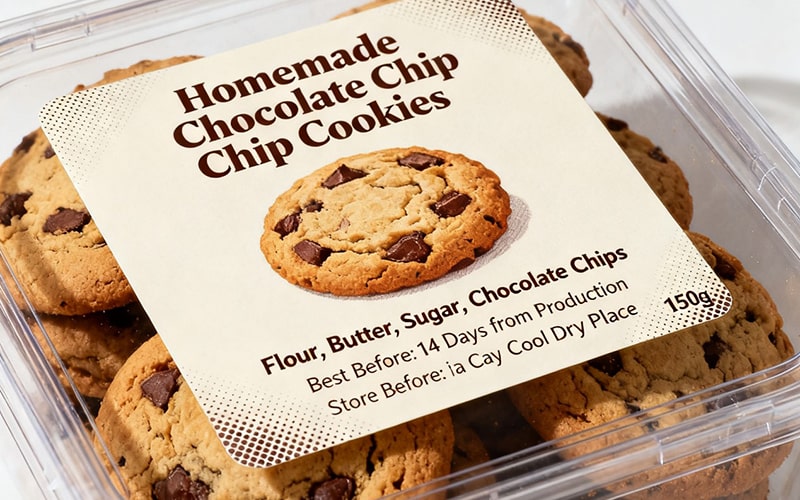
Flexo printing uses flexible plates to create high...
More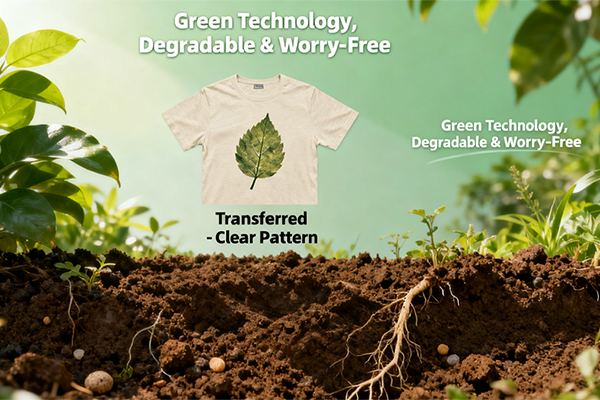
In the dynamic world of custom apparel printing, b...
More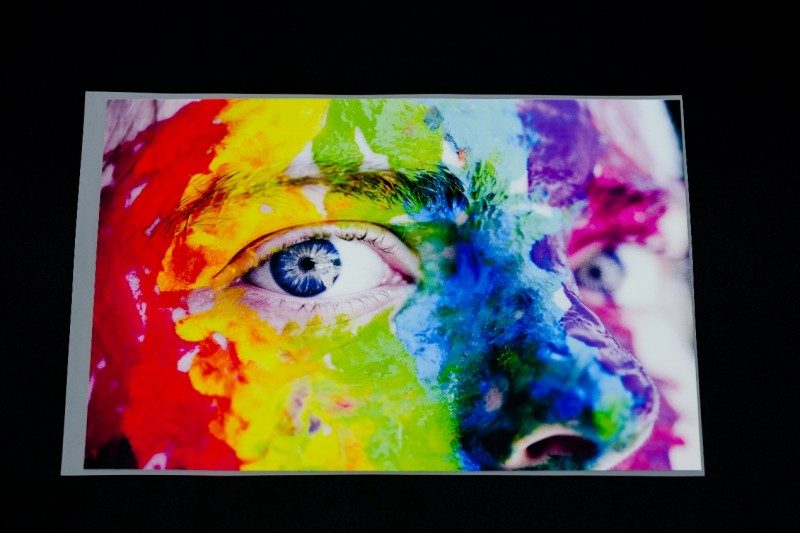
If you’re new to garment printing, using DTF film ...
More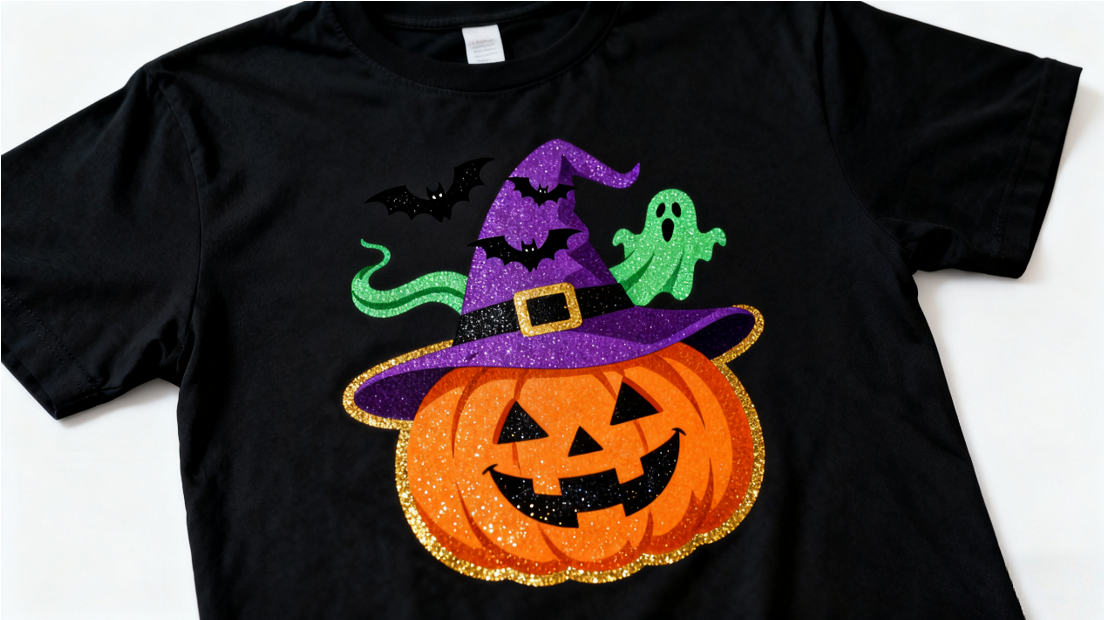
Make your Halloween tees shine with SAILLAGE’s DTF...
More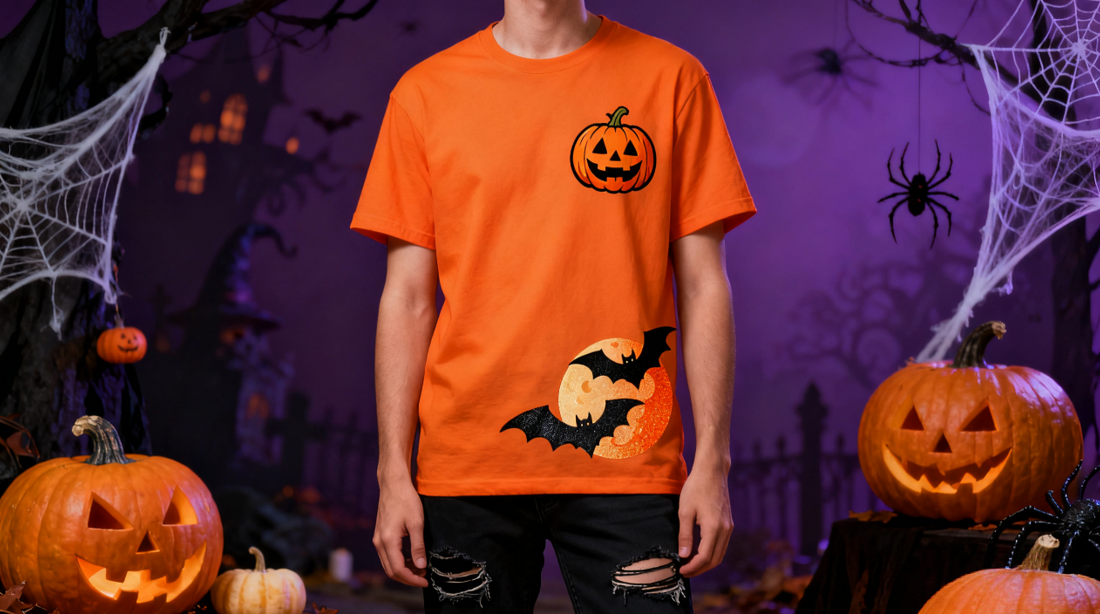
Get ahead of the holiday rush with this actionable...
MoreSelect the most popular foreign trade service products to meet your diverse needs
Explore more content related to foreign trade services

Tel: +86 17706217416
Add: Building L2A, No. 520, Lane 1588, Zhuguang Road, Hongqiao World Center, Qingpu District, Shanghai, China
User Comments
Service Experience Sharing from Real Customers
Michael Rodriguez
Packaging ManagerThis label film provides exceptional clarity and adhesion. Perfect for our high-speed bottling line with zero peeling issues.
Sarah Chen
Quality Control SpecialistOutstanding durability and print quality! Withstands refrigeration and handling while maintaining perfect legibility.
David Thompson
Logistics CoordinatorExcellent weather resistance and UV stability. Our outdoor product labels remain intact and readable for months.
Jennifer Wallace
Retail Brand ManagerThe premium finish enhances our product presentation significantly. Easy application and consistent results every time.